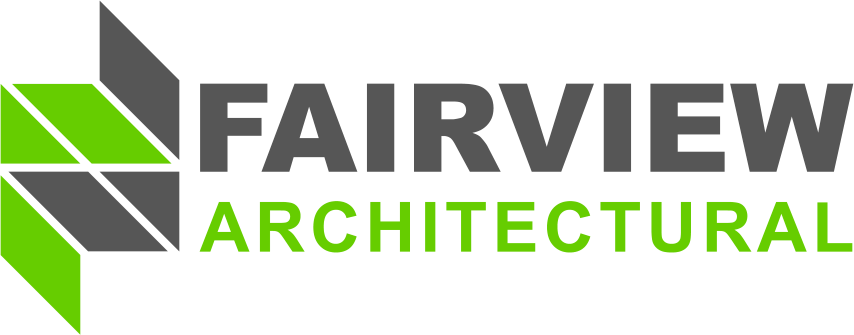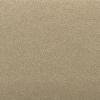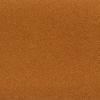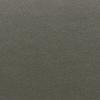Our Manufacturing Story
Supply chain for our coated metal facade cladding panel products
Here you will find a step-by-step for the process that goes into making our coated metal facade cladding panel. We take you on a journey from the raw materials right through to the finished product.
-
Step 1 – Bauxite mining
Bauxite is mined in many countries around the world, with the Top 3 bauxite producers being Australia, China, and Guinea. [1] Notably, very little Bauxite is extracted in USA, much of which is used for other purposes than aluminum, meaning that most Aluminum must start its life-cycle journey overseas.[2]
-
Step 2 – Alumina refining
Alumina is drawn out from the bauxite using a chemical extraction process. The current alumina production capacity in USA is limited to about 40% of it’s consumption.[1] The Top 3 alumina producers globally in 2020 were China, Australia, and Brazil. [2]
-
Step 3 – Aluminum Smelting
The alumina is then converted into aluminum using an electrical process called Smelting and cast into ingots. These ingots are large blocks of raw aluminum, ready for processing into bars, sheets, coils, or smaller ingots called billets, which are used for extrusion manufacturing.
-
Step 4 – Primary Processing
The ingots are converted into coils either using a casting process or an extrusion process. Each processing facility specializes in a few alloys and hardnesses only, meaning that there is no processor that can make every size, alloy, and hardness. Therefore, you need to have multiple processors in your supply chain to get the various alloys and specifications you need.
Note: this is the reason why it is not always a simple question to ask, “can I use a certain type of alloy”. Yes you can but we may need to get the coil from a different processor outside of our normal supply chain. This could cause delays but it is possible to do if necessary.
-
Step 5 – Coating
Coil coating is a large-scale and very specialized operation. Most coaters have their own specialty or proprietary finishes. The coatings manufacturers calibrate their coatings formulation for each coating line. In simple terms, if you used the same batch of paint on two different lines, you could get different results.
The mill finish (uncoated) coil is loaded onto an uncoiler, like a giant automated toilet paper dispenser, which feeds into an accumulator. The accumulator is a zig-zag of rollers that extend often into a pit below the floor, and sometimes up into a tower above the roofline of the building. These rollers come together or move apart to ensure consistent feed rate into the coating line. When the coil on the unloader is empty, the giant rollers slowly come together so that aluminum is continuing to be fed into the coating line while a new coil is loaded onto the uncoiler. Once the new coil is stitched together to the end of the previous coil, the giant rollers on the accumulator begin to get further apart, accumulating more aluminum between them all the while keeping the feed rate into the coating line at the same speed. In the coating line, the aluminum moves at a consistent speed through pre-treatment, priming, coating and oven baking. When it comes out of the coating line, the coating is fully cured and it feeds into another accumulator and onto a coiler where coils can be packaged up without interrupting the continuous flow of the line.
Note: coil-coated finishes are the most consistent in the world, because of the continuous uninterrupted process. This is a different standard entirely from spray-applied finishes.
-
Step 6 – The Product
The next step in the chain depends on the type of product being produced:
Vitrabond® – the finish painted coil is loaded onto a feeder at the beginning of the ACM manufacturing line, above a feeder that holds the aluminum that will be used for the rear skin. These two skins of aluminum are brought together as the core material is extruded in between them in a continuous fusion process. The composite material then continues through the manufacturing line with a series of processes for drying, cooling, applying the protective film, and finally a flying saw that cuts the sheets to the desired length without ever stopping the line. From here it is lifted off the line and into crates in an entirely automated process to avoid any damage to the material.
Vitraplate® – Every coil of aluminum has a “head” and “tail” which are not usable material. A coil of 3mm thick aluminum for our Vitraplate® material yields a lot less square feet of surface area of the thin 0.5mm aluminum used for Vitrabond®, assuming that the overall coil weight is the same. This means that to achieve a required volume of finished product, there is a higher proportion of waste from 3mm thick aluminum, because more coils are needed, meaning more “heads” and “tails” to discard. This coils go through a process of leveling to ensure they are flat before they are trimmed and cut to length. This process is critical, and it is a specialist capability to produce a large flat sheet of 3mm thick aluminum from a coated coil without damaging the finish, and without leaving any tensions in the sheet that would make it want to coil back up again over time.
Note: this is the reason why it is not always a simple question to ask, “can I use a certain type of alloy”. Yes you can but we may need to get the coil from a different processor outside of our normal supply chain. This could cause delays but it is possible to do if necessary







